In March 2015, I had the amazing opportunity to visit Cebu, an island in the Philippines. Along with a group of men from the Americal Division Veterans Association (all veterans of the war in Vietnam), I spent a week on the island touring sites with ties to World War II. This included several locations where the 182nd Infantry engaged in combat. It was a very emotional experience for me, retracing the footsteps of my grandfather, Ed Monahan. He served as First Sergeant for Company G of the 182nd on Cebu, from their amphibious landing in March 1945, until he was rotated home on points in May 1945, with the heaviest fighting completed.
Over the next few weeks, I plan to post a short series of stories on the Cebu trip. I am going to post them in an order approximating the sequence of events that the fighting on Cebu occurred, rather than how our trip was scheduled. The first piece will look at the extravagant ceremonies hosted by the people of the Philippines to commemorate the 70th anniversary of the Americal Division’s landing at Talisay Beach, on 26 March 1945 (read Part I here). Next I’ll look at some of the sites in the urban center of Cebu City, which was seized shortly after the successful landing at Talisay (read Part II here). We’ll move from there into the imposing hills of Babag Ridge, scene of the bloodiest fighting of the campaign (read Part III here). A visit to the west coast of Cebu affords the chance to tour some World War II pillboxes and tank barriers (read Part IV here). And lastly, we’ll finish up with a piece on the dedication of a new monument at the spot where thousands of Japanese troops surrendered to the Americal at the end of the war (read Part V here).
The main purpose of our visit was to attend this new monument dedication. My grandfather was not present when the Japanese on Cebu surrendered to the Americal Division at the end of the war. So in a way, I saw this trip as a way for me to bring some symbolic closure to the war for him. On that last day in Cebu at the monument dedication, I did find that closure, in a deeply satisfying and emotional moment I’ll describe in my story on the ceremony.
After completing the Cebu portion of the trip, I had a brief stopover in Manila, where I visited the graves of men from Company G who were killed during the war. You can read that story here. To learn more about the battle for Cebu, read the story here. Please check back throughout the month as a I post the details of the 2015 trip. The journey begins with the reenactment of the Talisay Beach Landing.

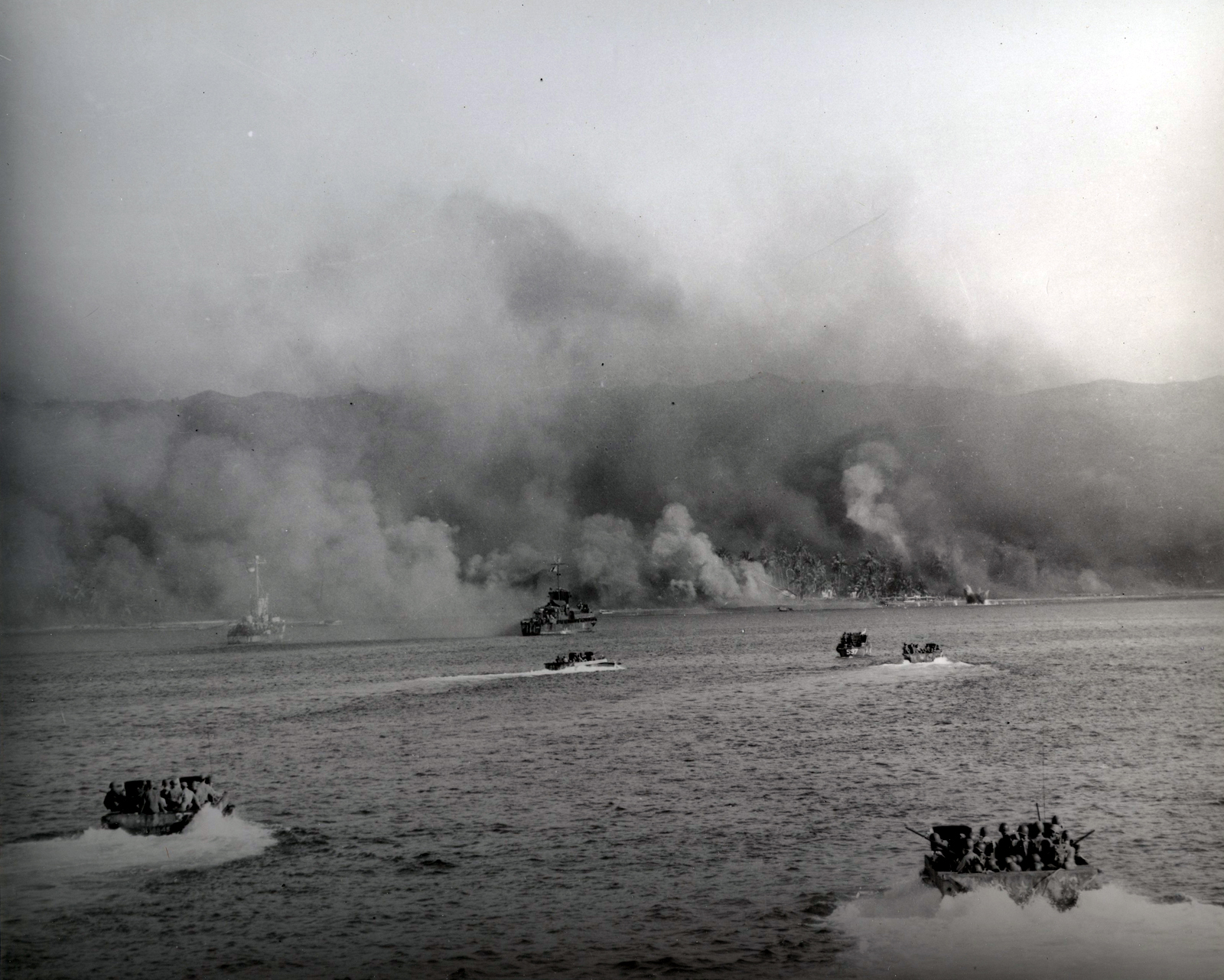
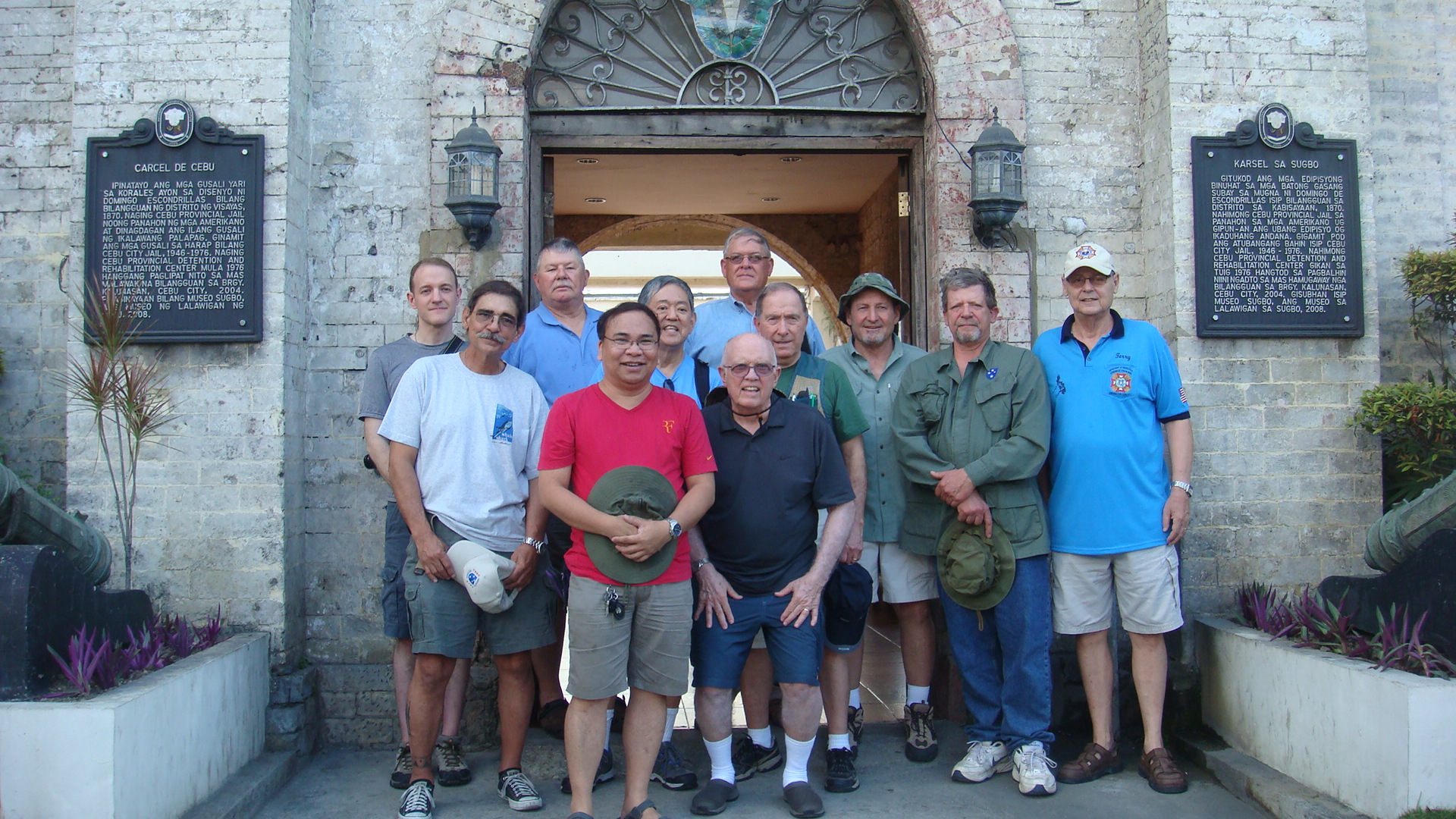
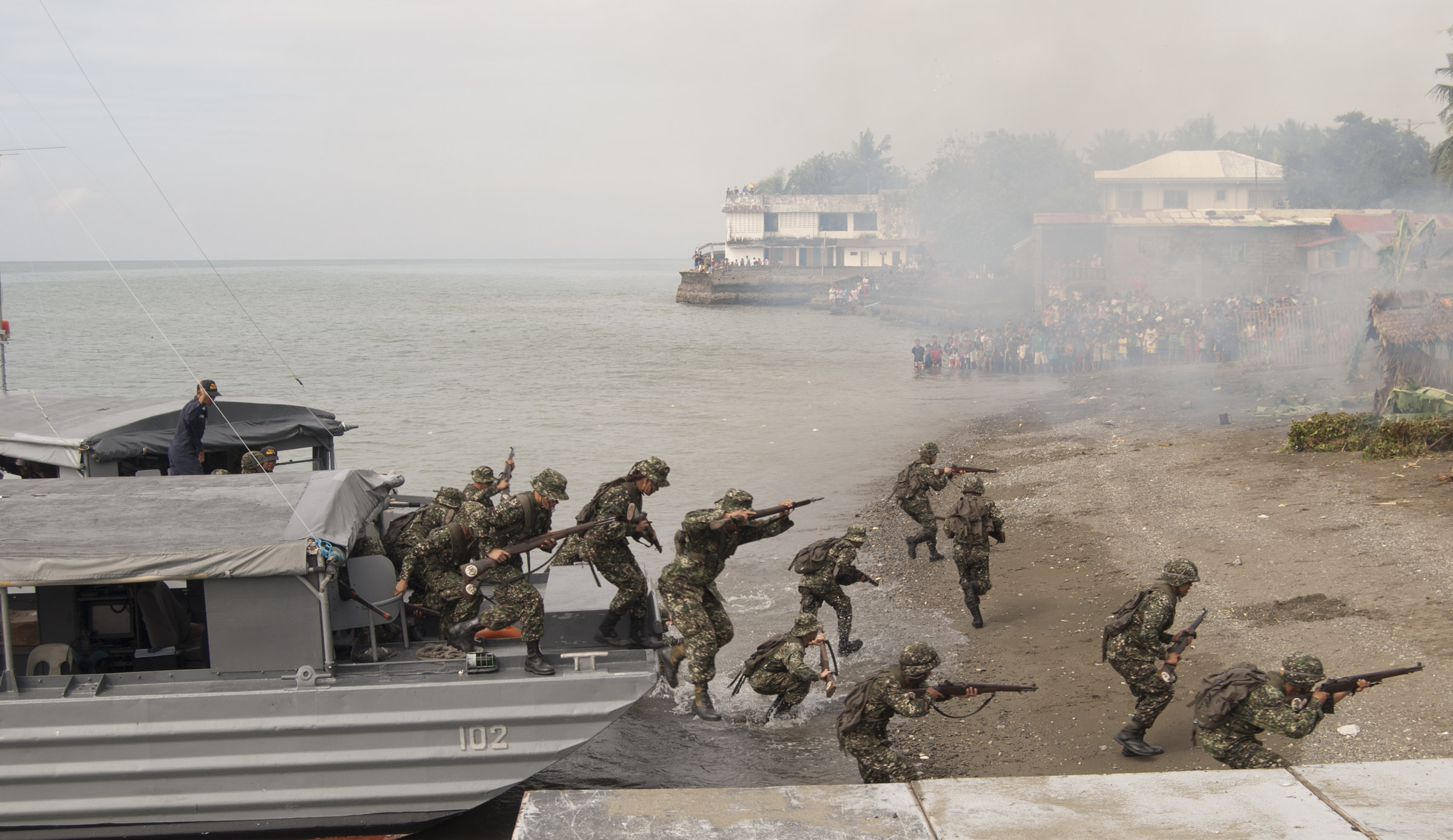
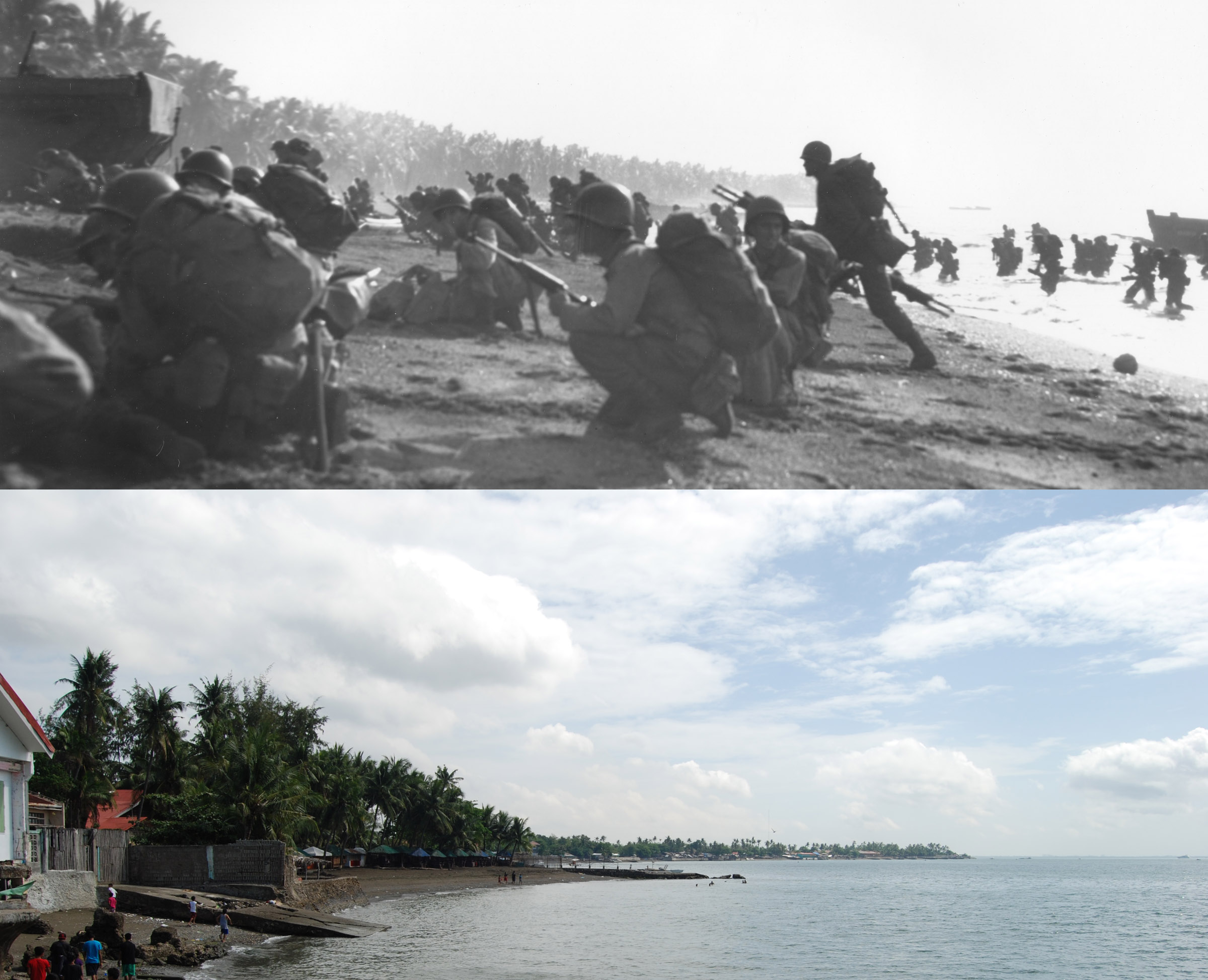
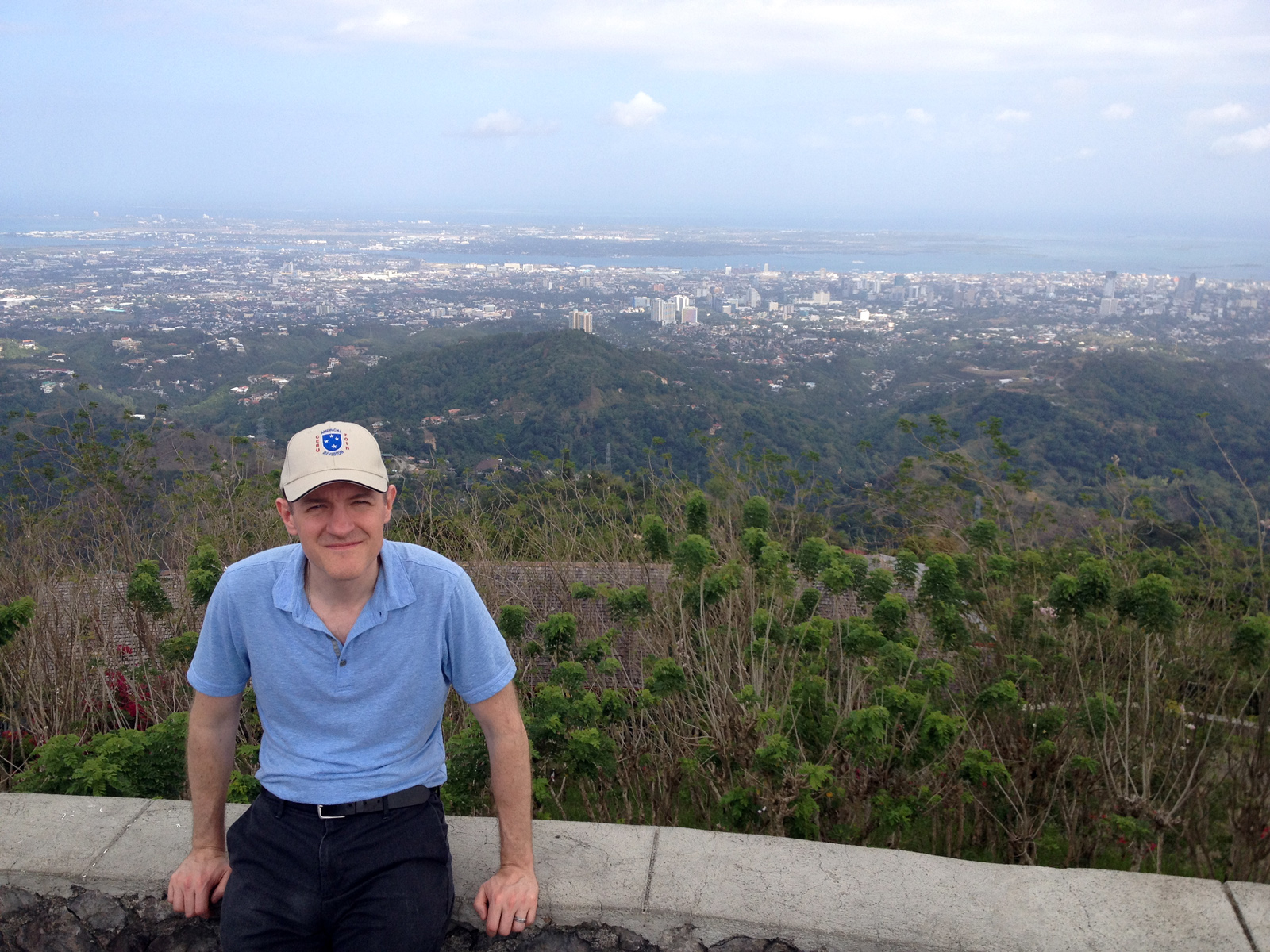
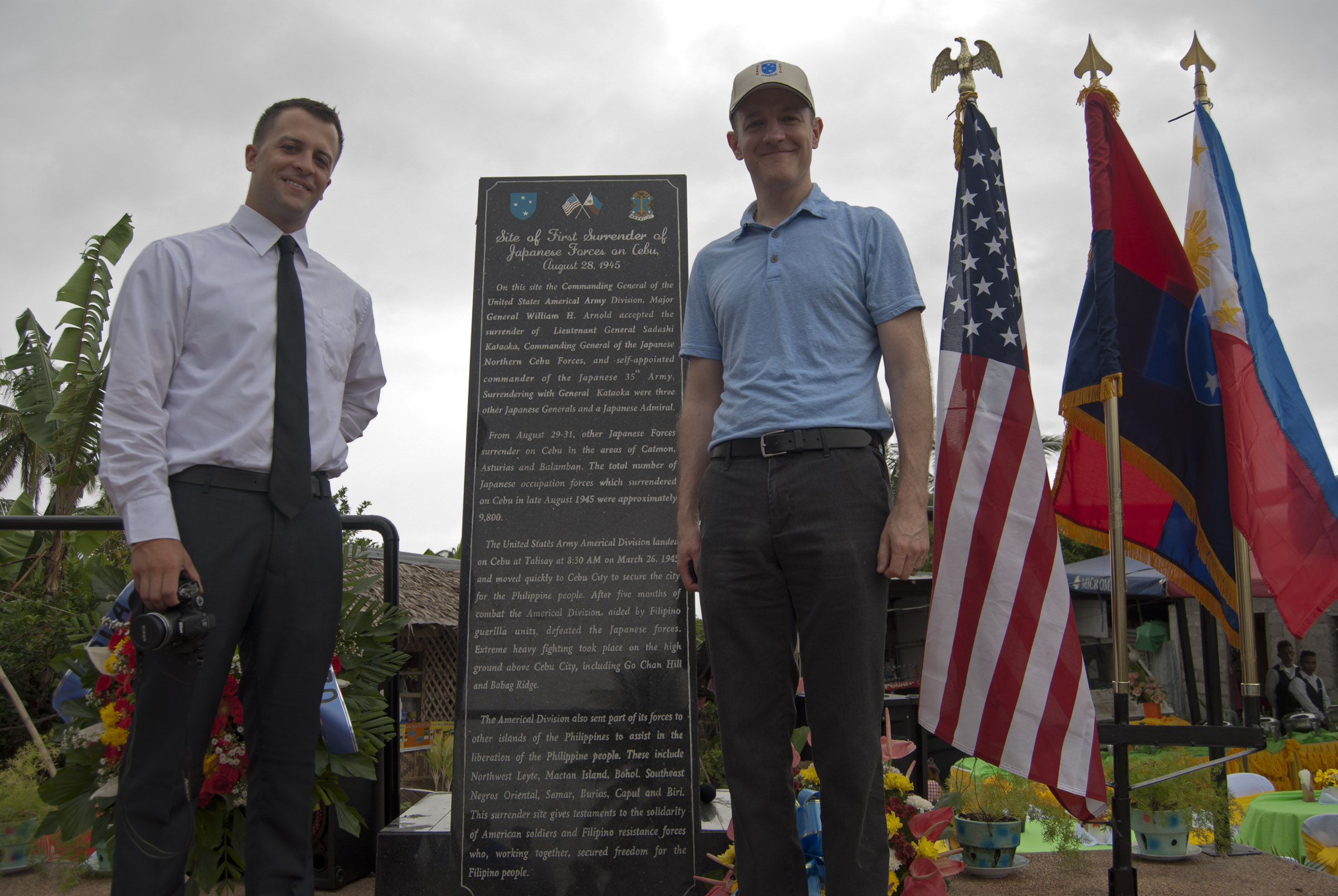
Nice story. For your information on 19 July 2015 my book “Cushing’s Coup” comes out. It is published by Casemate Publishers, US. It is a unique story about the World War II guerrillas in Cebu. At a certain point in time in 1944 Col. James Cushing and his men were able to take prisoner admiral Fukudome, the Chief of Staff of the Imperial Japanese Navy, with all his battle plans for the coming months. The knowledge of these plans was behind the huge vistory in the Battle of the Philippines Sea with as result that MacArthur could return two montsh earlier as planned. This shortened the war by at least two months.
Thank you for the info about your book, we heard quite a bit about Cushing during our trip, and we were able to purchase copies of local books about the guerrillas. I’ll be interested to hear more about the book and will try to pick up a copy.
I am Paul Chappell, I was in Co B, 57th Combat Engineers, when the Japanese struck hill 260 we joined Co G, 182nd Inf on the perimeter, when a large were surrounded and had sent word that they were running out of ammo , I was one of the volunteers covered by Co G riflemen, infiltrated the Japanese positions and on my first trip I handed 3 belts of ammo to a gunner and his mate hho was taking rounds from M-1 rifle clips and loading the belt 8 at a time, I still shed tears when I speak of it.. At Talisay I almost I was nearly hit by a Japanese nambu while disarming bombs and mines,some Infantry gunners finished the job, you were all like brothers to me, and it was onward to those Caves on Cebu, I am now 91 years of age.
Hi Paul, thank you so much for sharing your story! It is always a thrill and an honor to hear a soldier’s story from the war. And I had not heard your particular story before. Thank you again!
Greetings Dave, Terry Daveport here. Great job on this web site. I learned
Many new things from it. You are correct about the actual surrender site. It was about 100 meters from the monument. We tried to get as close as we could. The owner of the land of the site wanted several million pesos for us to use the actual surrender site. Ms. Ecot donated the land next to the road which turned out to be a very nice location and within our limited budget. Again, it was nice looking at the site and it was nice to meet you. All the best to you.
Hello Terry! Great to hear from you. Thanks again for being such a great host and for playing such a huge role in making that monument happen. Here we are on the anniversary again, I presume the big celebration is going on at Talisay? If you happened to attend or heard anything about it, please share, we’d all love to hear about it!
does anyone know any thing about Co “E” of the 182nd, maybe a Fred Thomas. I would like to hear from them He was my father.
Does anyone have any stories about Company C of the 182nd infantry when they were in Cebu, Philippines? Or does anyone know of a PFC Marvin Mckinley Sutton? He was my grandfather and would love to hear stories about him. Thank you.
Over the years my father has told WW II stories of his teen years after the U.S. Army landed by amphibious assault on Talisay beach near his home town of Danao City in central Cebu, Philippines. The Americlal Divison came ashore on March 26, 1945. At age 15, he befriended 1st platoon / Company L led by Lt. Barsocks and volunteered to be their interpreter for the next three months as they engaged the enemy (several platoon members died in combat during his time with them, including Lt. Barsocks) in the dense countryside of Cebu. It has amazed me that he did this at such age, but war at your doorstep makes a person grow up much sooner than would be normal.